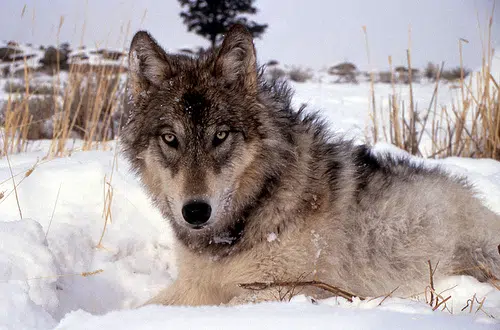On the heels of Wisconsin’s first wolf hunt in several years, groups are calling for a lot more planning in future seasons, after hunters killed far more wolves than the state had intended.
Last month’s hunt was prompted by a court order after wolves were removed from the federal endangered-species list. The state Department of Natural Resources wanted to wait until later this year, but a lawsuit prompted a hastily organized hunt in February, with a quota of 119 wolves.
However, more than 200 were killed in just a few days. Kristin Schrank, board vice president at Alliance for Animals, said the numbers are concerning, and so are the methods that were allowed. “This hunt allowed hounding, night hunting, the use of leg traps and snares,” she said, “so it was particularly cruel.”
If wolf-hunting continues, her group wants to restrict the use of hunting dogs and other tactics. They’re also blasting the decision to allow the hunt during breeding season, when wolf packs are more vulnerable.
The DNR had said it wanted to seek input from tribal leaders and others for a plan backed by science and data, but was forced to act sooner because of the lawsuit by a pro-hunting group. George Meyer, executive director of the Wisconsin Wildlife Federation, said his group supports proper management of wolves through hunting, but agreed that planning is critical and felt too many permits were issued for the abbreviated session. “It was still not properly managed,” he said. “It should have been able to stay within the quota.”
Meyer said he doesn’t think the recent season will do long-term harm to the wolf population, but he warned that could change without more restrictions. Other wildlife-conservation groups fear enough damage has been done.
Prior to this year, the DNR said Wisconsin’s wolf population had rebounded to just above 1,000. But people who endorse wolf hunts say the animals prey on pets and livestock.












